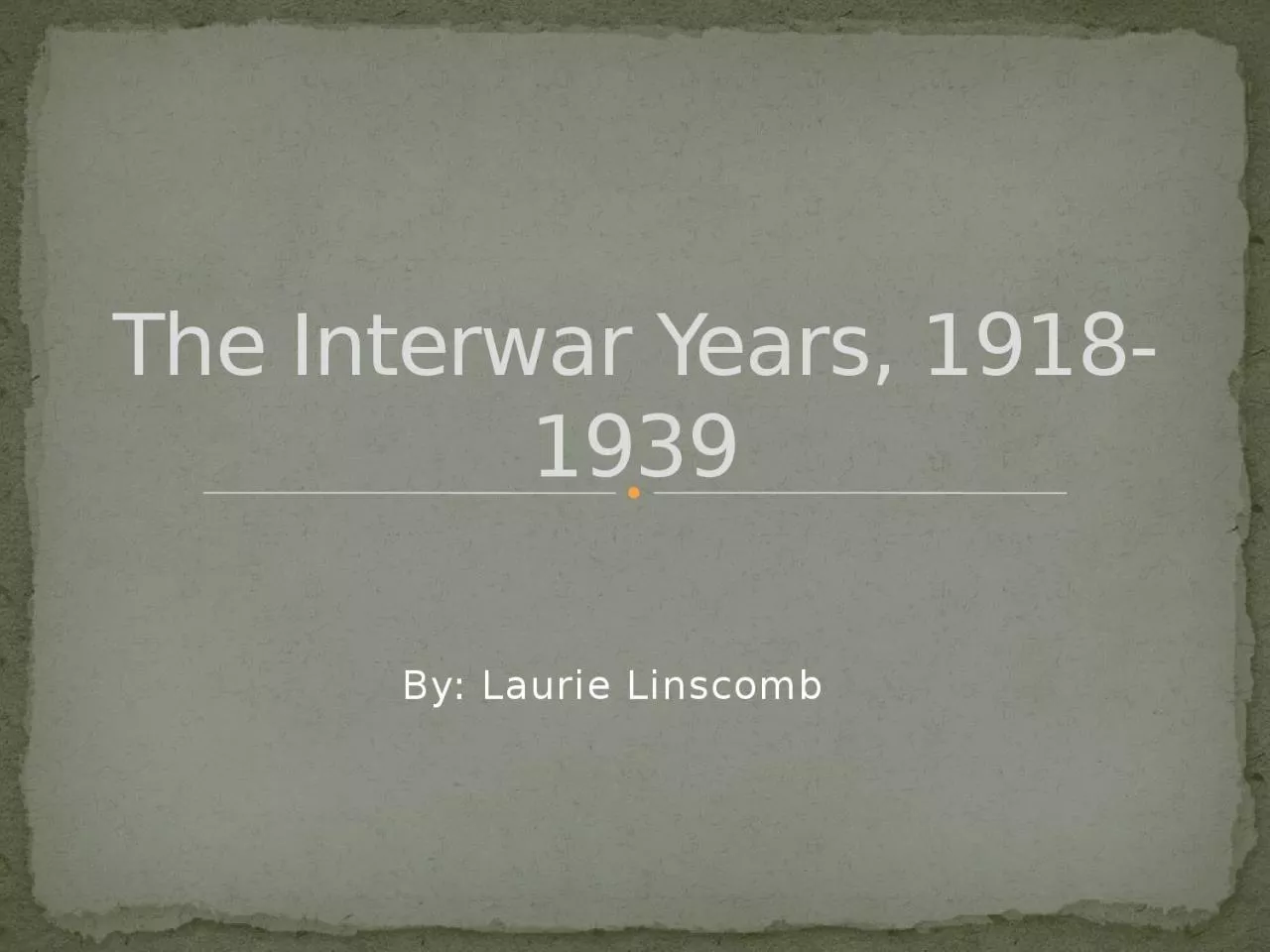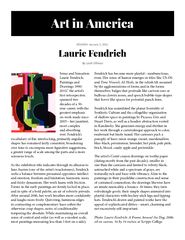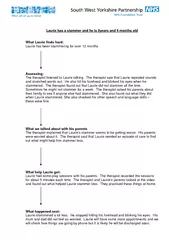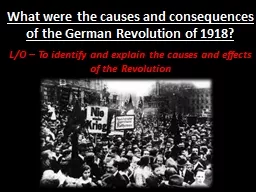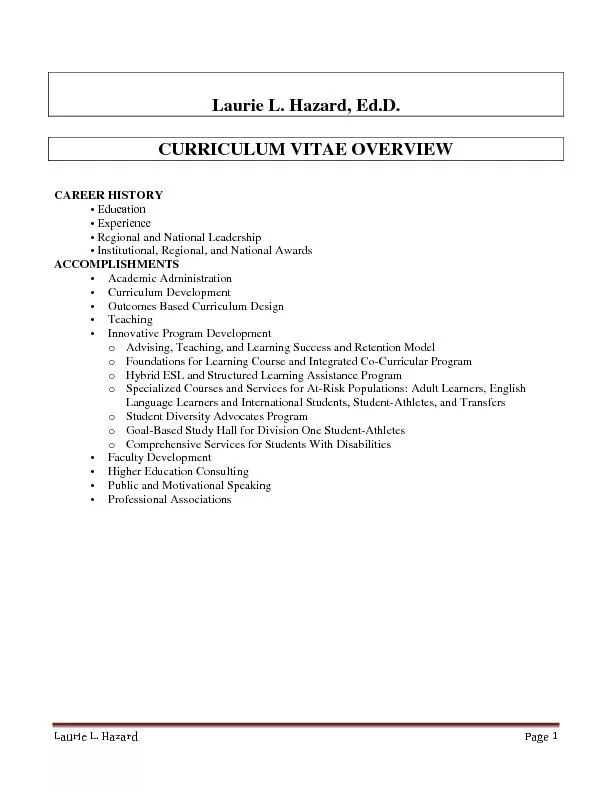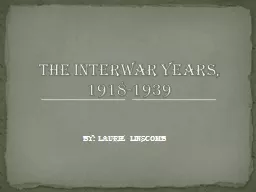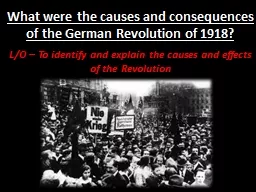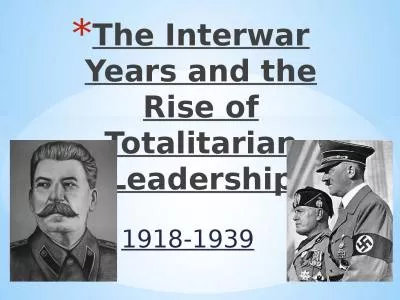PPT-By: Laurie Linscomb The Interwar Years, 1918-1939
Author : ruby | Published Date : 2023-10-31
Labor forces and productive capacity had been reduced sharply through was losses This caused price levels to be higher everywhere at the wars conclusion in 1918
Presentation Embed Code
Download Presentation
Download Presentation The PPT/PDF document "By: Laurie Linscomb The Interwar Years, ..." is the property of its rightful owner. Permission is granted to download and print the materials on this website for personal, non-commercial use only, and to display it on your personal computer provided you do not modify the materials and that you retain all copyright notices contained in the materials. By downloading content from our website, you accept the terms of this agreement.
By: Laurie Linscomb The Interwar Years, 1918-1939: Transcript
Download Rules Of Document
"By: Laurie Linscomb The Interwar Years, 1918-1939"The content belongs to its owner. You may download and print it for personal use, without modification, and keep all copyright notices. By downloading, you agree to these terms.
Related Documents

